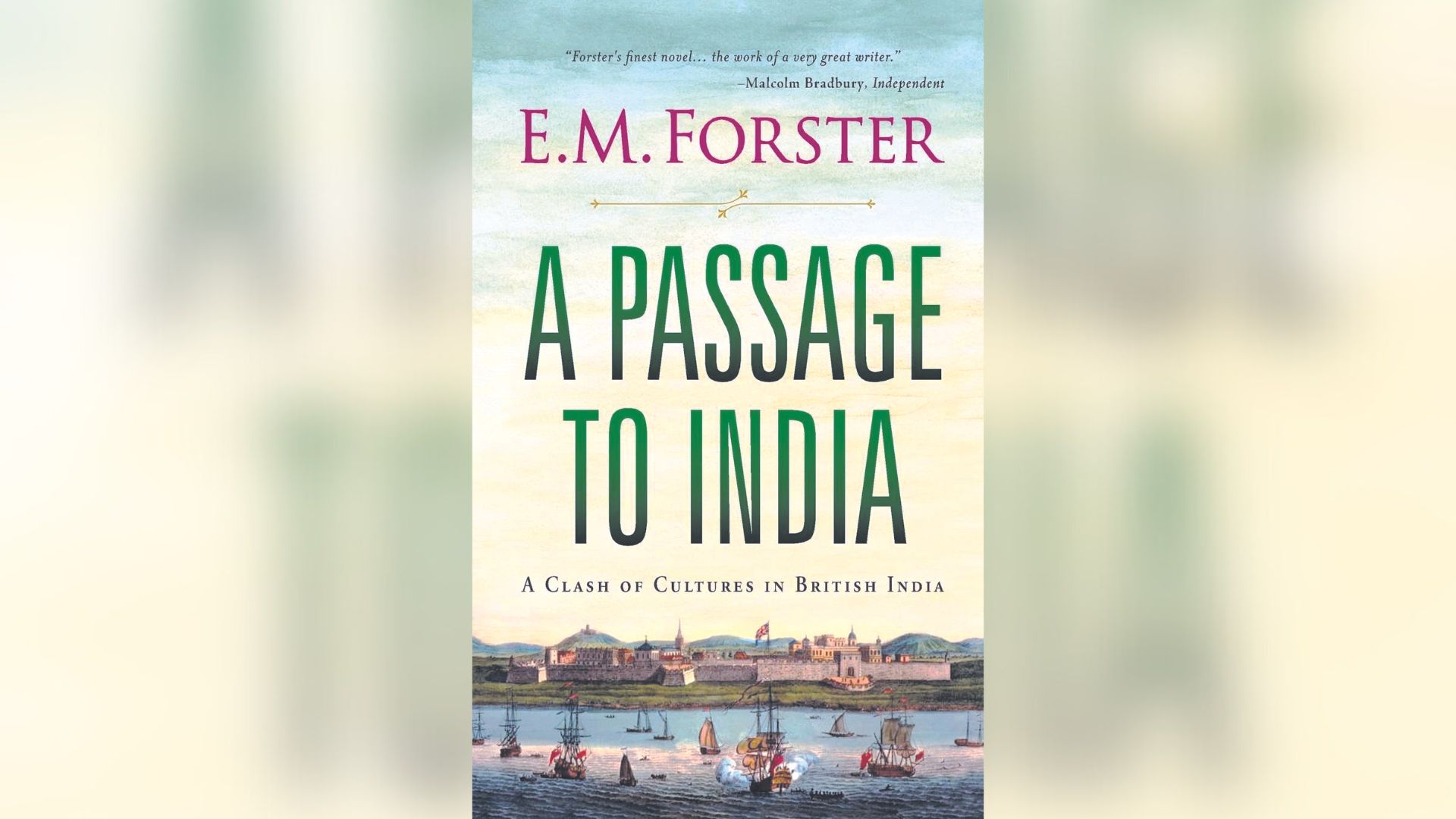
E.M. Forster’s “A Passage to India” stands as a timeless masterpiece that delves deep into the complexities of colonialism, cultural clash, and human relationships. Set against the backdrop of British colonial India in the early 20th century, the novel unfolds a narrative rich in symbolism, nuanced characters, and profound themes that continue to resonate with readers across generations.
At its core, “A Passage to India” is a story of cultural misunderstanding and the clash of civilizations. Forster intricately weaves together the lives of both British colonizers and Indian natives, exposing the inherent tensions and prejudices that divide them. Through vivid descriptions and evocative imagery, he paints a portrait of India that is at once mesmerizing and enigmatic, inviting readers to explore its diverse landscapes, traditions, and people.
The novel’s plot revolves around the enigmatic Dr. Aziz, a young Indian physician, and his interactions with the British expatriate community in Chandrapore. When Aziz is accused of assaulting Adela Quested, a visiting Englishwoman, during a trip to the Marabar Caves, the incident sets off a chain of events that exposes the deep-seated prejudices and cultural divides between the colonizers and the colonized.
One of the novel’s most compelling aspects is its exploration of identity and belonging. Forster deftly portrays the internal struggles faced by characters torn between their allegiance to their native culture and the allure of Western ideals. Through the character of Aziz, readers witness the complexities of navigating between two worlds, grappling with questions of selfhood and cultural identity in a society marked by colonial oppression.
Central to the narrative is the theme of friendship and betrayal. As Aziz’s trial unfolds, the bonds of friendship between him and his British confidante, Cyril Fielding, are put to the test. Fielding’s unwavering support for Aziz highlights the potential for genuine human connection to transcend cultural barriers and prejudices. Yet, even in the face of adversity, their friendship proves fragile, ultimately succumbing to the weight of societal expectations and racial tensions.
Moreover, “A Passage to India” is a scathing critique of British colonialism and its impact on Indian society. Forster exposes the hypocrisy and arrogance of the British ruling class, whose sense of superiority is built upon the exploitation and oppression of the native population. Through characters like Mrs. Moore and Adela Quested, he portrays the disillusionment and moral decay that accompany the colonial enterprise, challenging readers to confront the injustices perpetuated in the name of empire.
The novel’s climactic scene in the Marabar Caves serves as a metaphorical exploration of the mysteries of existence and the limitations of human understanding. Forster’s haunting descriptions of the caves’ eerie silence and infinite echoes evoke a sense of existential dread, symbolizing the profound disconnect between individuals and the world around them. It is within this enigmatic landscape that Aziz and Adela’s fateful encounter takes place, forever altering the course of their lives and relationships.
In conclusion, “A Passage to India” is a poignant and thought-provoking exploration of colonialism, cultural divide, and the complexities of human experience. Forster’s masterful storytelling and keen insight into the human condition make this novel a timeless classic that continues to captivate readers with its enduring relevance and universal themes. Through its rich tapestry of characters and evocative imagery, “A Passage to India” offers a profound meditation on the nature of power, identity, and the enduring quest for connection in a world marked by division and discord.